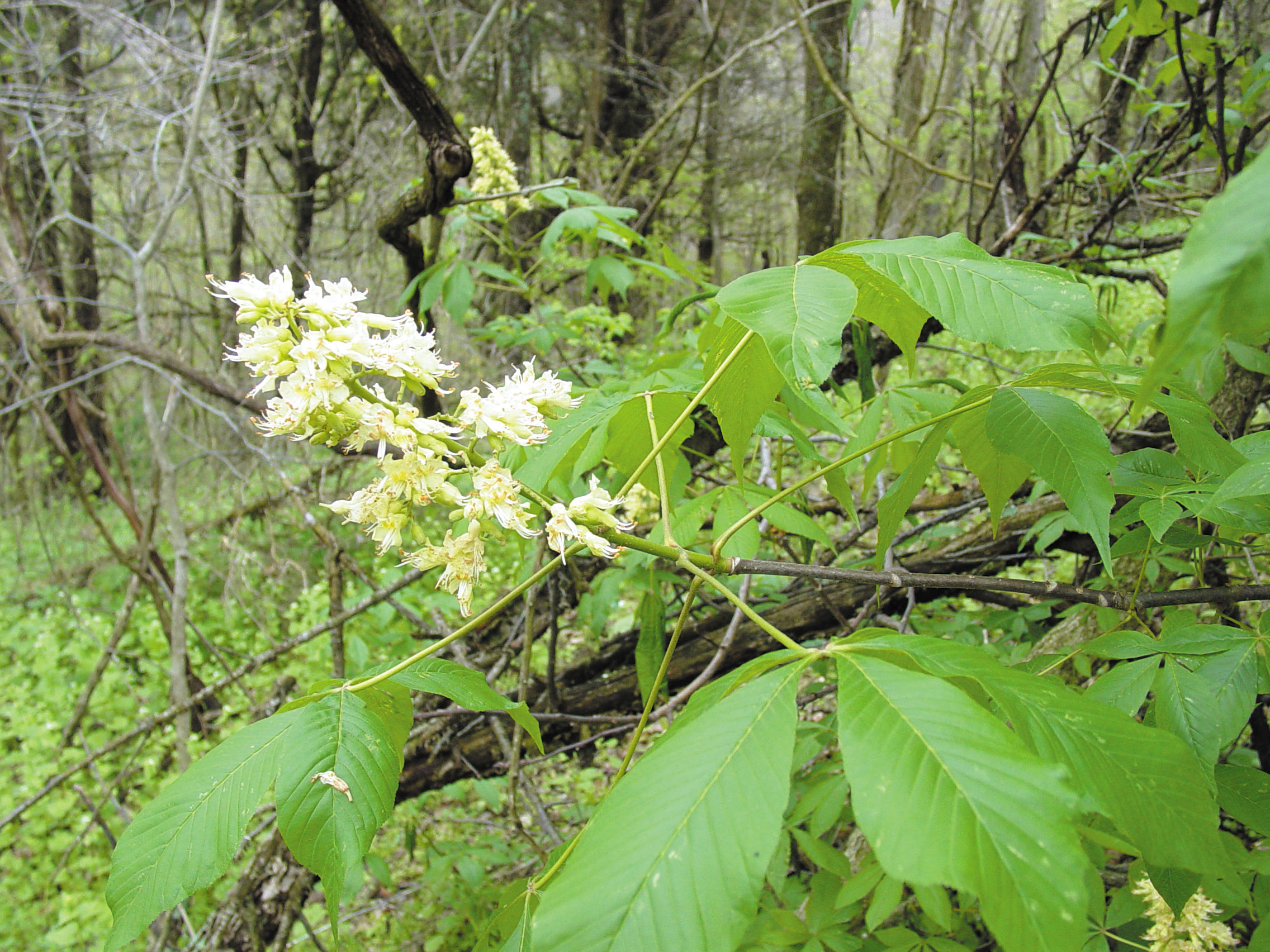A Spring Time Evaluation of Your Woodland
After a long, dreary winter, many people start spending more time in their woodlands in the spring. Lengthening days, warmer temps, the wakening of dormant frogs and flowers and the return of migratory birds draw our attention to the outdoors.
Early spring is a great time to evaluate the health and condition of your woodlands, before heavy leaf cover and humid temperatures discourage all but the hardiest souls.
As you increase your outdoor activities there are many things to take note of:
1. Storm damage. Did winter storms blow over or break branches from any trees? If you haven’t cut vines from your highest quality hardwoods, you may notice excessive damage if you were impacted by recent ice storms. Watch for erosion at designated stream crossings and on trails.
2. Insect damage. Emerald Ash Borer beetle has spread through most of Indiana. A few locations in Southern and Western Indiana are still to be impacted. Bark defoliation from opportunistic- minded wood peckers is often the first sign noted.
3. Drought impacts. We are still noting stress and decline in many tree species from the drought of 2012. Yellow-polar, Black Oak and Sycamore seem to be the most effected. These species can have significant financial value, so if your trees appear impacted, consider having a select timber harvest in your woods to capture their value.
4. Invasive plant inventory. Many non-native invasive plants are adapted to cooler climates and therefore will start to green-up several weeks before our native pants do. Inventory the species present, map their location and research appropriate control techniques.
5. Walk your boundaries. Clearly marked boundaries can help you keep your bearings and maintain good relations with your neighbors. Indiana has a purple paint law that allows you to mark you land with the same legal effect as using a No Trespassing sign.
6. Practice and confirm your winter tree identification skills. Note the bark characteristics of common trees and watch for their leaf flush to confirm your ID.
7. Watch for tick activity as temperature increase. Tick populations have increased in recent years, with a variety of natural factors to blame. Some species are vectors for many life-threatening diseases. You can reduce your exposure to ticks by treating your clothing with Permethrin insecticide, wearing light colored clothing and tucking your pants into your socks. One added benefit to these practices is that you can embarrass your kids or spouse at the same time!
If you determine that your need help evaluating or managing your woodlands, consider hiring a private consulting forester. A list of private consultants can be found at www.findindianaforester.org.
Dan McGuckin is a certified wildlife biologist and certified forester and current Woodland Steward board member. He is now president of Habitat Solutions, a private forestry and wildlife consulting firm in southern Indiana.

